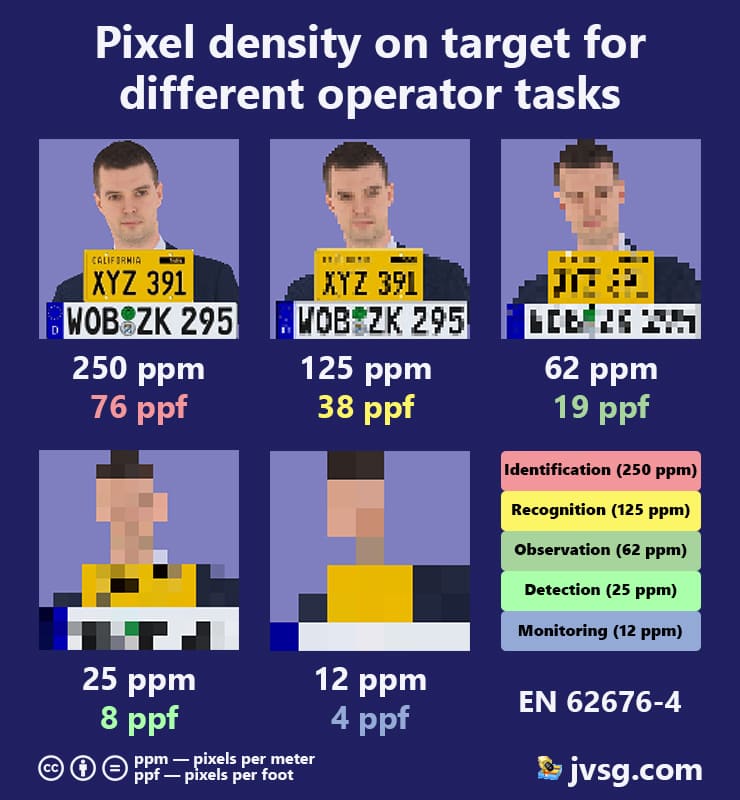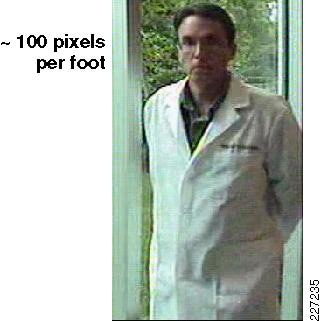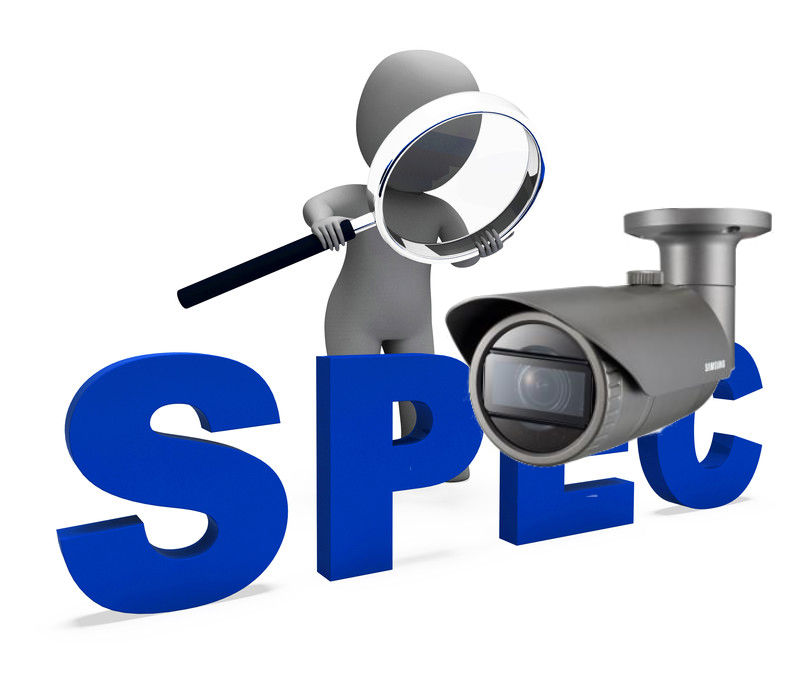country_hick
Well-Known Member
- Joined
- Dec 10, 2014
- Messages
- 2,187
- Reaction score
- 1,963
- Country
- United States
Before buying a security system the first thing you need to figure out how is many cameras of what resolution you need to capture what could happen. Be sure to look at the camera specifications. Some cameras are made that do not work in the extreme cold that winter brings to those of us up north. If the temperature is -20f while you are being robbed but your cameras stop working at -4f your cameras are unlikely to record that robbery. One security camera company offers 2 different 1080p resolution security camera systems that record down to -4f or -22f. That temperature represents a huge difference! If you buy the wrong system the cameras may not work when most needed during your cold weather. Just because one system would record in that same cold do not assume all of their cameras will work in extreme cold as a companies cameras can have very different temperature specifications.
To know how many cameras you need you first need to determine how much useful coverage a camera will give you. The USEFUL coverage area changes greatly depending on the sensor used and the lens used. A 720p camera is unlikely to capture any usable footage from 15 feet away. Even a 4k camera is very limited regarding what level of useful detail it can capture at a distance.
If you are recording an alley turn your camera lens sideways. Since we are working with a 16:9 format a sideways camera will capture more image in a narrow corridor with a 9:16 format.
By using this site https://calculator.ipvm.com you can see a satellite image of your house. Then you can add up to 4 generic cameras or manufacturer specific cameras (if you are looking at a certain brand). If your particular camera is not listed email the website. They should have that camera added to the list in a day or 2. You can save a picture of 4 cameras by your house and then move everything to get 4 more cameras in different positions. You can combine the pictures for your overall coverage. You could also pay them $99 for 3 months of use to place unlimited numbers of cameras around your house.
Theiatech's image resolution simulator and lens calculator https://www.theiatech.com/calculator
By moving your cameras around your property using this calculator you can determine where to actually place your cameras for the best coverage possible.
Below is an example of overlapping coverage. The red lines show how far the IR can see which is usually beyond the effective image capture limits. The red lines point back to where the camera is located. The blue shows what a 90 degree camera will capture. The dark blue shows overlapping coverage which is desirable.
In this 4 camera mock up you can see how 3 of the cameras cover each other. If anyone attempts to damage any camera another camera will capture the event.
The fourth camera would also be covered by another camera when more cameras are added to the other side of the building (the black outline).
The white triangle next to the camera is the blind spot where coverage will not happen. Always keep this blind spot in mind. Activate the blind spot option when using the online camera placement calculator.

You probably did not notice the flaw in the above diagram. The camera that is second from the bottom should be pointed the other direction. That direction is perfect when that camera is moved to the left side of the house with a camera facing it so you would have overlapping coverage.
A quick look tells us we will have excellent coverage but will we really get it? We must consider image sensor quality and the lens chosen. The example above assumes the cameras have a 90 degree lens. We have not yet included PPF (pixels per foot) calculations to determine if images of faces and license plates will be legally usable. In reality with a 4k camera and 90 degree lens we will not get this much useful coverage.
What is PPF and why is it important? Pixels per foot determines the clarity and therefore the legally usable images you can record.
The image below depicts the kinds of Pixelization. A better way of defining the Image Detail is by Pixel Density on a target (pixels per foot or pixels per meter

Digital Video Quality Handbook 2013 by the Dept. of Homeland Security.
 Selecting the Right Resolution and Lens for the IP Camera System
Selecting the Right Resolution and Lens for the IP Camera System

As you can see in the pictures above, 40 pixels across the face is probably the minimum number of pixels necessary to recognize a person that you know. If a face is 6.0 inches wide, then we need 80 pixels per foot.
https://www.cisco.com/c/en/us/td/do.../IPVS/IPVS_DG/IPVS-DesignGuide/IPVSchap4.html (Outdated but still useful information from Cisco)
Video Surveillance Design Guide

As shown in Figure 4-4, the video surveillance image is subject to uneven lighting, the subject is standing near a large window of a lab environment. There is little light from the internal space with the natural light entering from the side and rear in this scene. This image is from an analog camera that does not include a wide-dynamic range processing that would improve the image quality in this deployment. This illustrates the point that the number of pixels alone does not guarantee a high quality image.
https://www.omnicalculator.com/other/pixels-per-inch <-- PPI Calculator (Pixels Per Inch) Additional math can make it pixels per foot.

The perpetrator looks like this officer. The officer replies "I can probably rule out the blondes. You need a better security system"

 www.newcomb-boyd.com
One of the most challenging aspects of designing modern video surveillance systems involves managing the Owner’s expectations. While most realize that the sitcom and movie makers take some creative license and exaggerate the realities, daily exposure to this media creates unrealistic expectations.
www.newcomb-boyd.com
One of the most challenging aspects of designing modern video surveillance systems involves managing the Owner’s expectations. While most realize that the sitcom and movie makers take some creative license and exaggerate the realities, daily exposure to this media creates unrealistic expectations.
This site offers some great information such as the 2 charts below.


Here is an example of 40ppf the minimum quality image that you want to capture and 80ppf which offers much better quality images. The square box house is the same size. The camera has not been modified in any way. The distance to the object being recorded to obtain a higher PPF image for clarity is the only thing that has changed, The coverage you can obtain is drastically reduced when you require higher quality images. This shows why you might need more cameras than you originally thought.

Is the image quality improvement worth getting? It sure looks like a good idea although finances can impact the decision making. Everything we choose is a compromise.
Notice the dramatic improvement in image quality when the subject is closer.
To know how many cameras you need you first need to determine how much useful coverage a camera will give you. The USEFUL coverage area changes greatly depending on the sensor used and the lens used. A 720p camera is unlikely to capture any usable footage from 15 feet away. Even a 4k camera is very limited regarding what level of useful detail it can capture at a distance.
If you are recording an alley turn your camera lens sideways. Since we are working with a 16:9 format a sideways camera will capture more image in a narrow corridor with a 9:16 format.
By using this site https://calculator.ipvm.com you can see a satellite image of your house. Then you can add up to 4 generic cameras or manufacturer specific cameras (if you are looking at a certain brand). If your particular camera is not listed email the website. They should have that camera added to the list in a day or 2. You can save a picture of 4 cameras by your house and then move everything to get 4 more cameras in different positions. You can combine the pictures for your overall coverage. You could also pay them $99 for 3 months of use to place unlimited numbers of cameras around your house.
Theiatech's image resolution simulator and lens calculator https://www.theiatech.com/calculator
By moving your cameras around your property using this calculator you can determine where to actually place your cameras for the best coverage possible.
Below is an example of overlapping coverage. The red lines show how far the IR can see which is usually beyond the effective image capture limits. The red lines point back to where the camera is located. The blue shows what a 90 degree camera will capture. The dark blue shows overlapping coverage which is desirable.
In this 4 camera mock up you can see how 3 of the cameras cover each other. If anyone attempts to damage any camera another camera will capture the event.
The fourth camera would also be covered by another camera when more cameras are added to the other side of the building (the black outline).
The white triangle next to the camera is the blind spot where coverage will not happen. Always keep this blind spot in mind. Activate the blind spot option when using the online camera placement calculator.

You probably did not notice the flaw in the above diagram. The camera that is second from the bottom should be pointed the other direction. That direction is perfect when that camera is moved to the left side of the house with a camera facing it so you would have overlapping coverage.
A quick look tells us we will have excellent coverage but will we really get it? We must consider image sensor quality and the lens chosen. The example above assumes the cameras have a 90 degree lens. We have not yet included PPF (pixels per foot) calculations to determine if images of faces and license plates will be legally usable. In reality with a 4k camera and 90 degree lens we will not get this much useful coverage.
What is PPF and why is it important? Pixels per foot determines the clarity and therefore the legally usable images you can record.
The image below depicts the kinds of Pixelization. A better way of defining the Image Detail is by Pixel Density on a target (pixels per foot or pixels per meter
Digital Video Quality Handbook 2013 by the Dept. of Homeland Security.

Selecting the Right Resolution and Lens for the IP Camera System
Lens for the Network Attached IP Camera The resolution of your IP camera system is determined by both the camera and lens. The lens must have enough resolution to match the megapixel sensor in the camera. How Much Resolution is Required from Your IP Camera System? The amount of resolution...
kintronics.com
As you can see in the pictures above, 40 pixels across the face is probably the minimum number of pixels necessary to recognize a person that you know. If a face is 6.0 inches wide, then we need 80 pixels per foot.
https://www.cisco.com/c/en/us/td/do.../IPVS/IPVS_DG/IPVS-DesignGuide/IPVSchap4.html (Outdated but still useful information from Cisco)
Video Surveillance Design Guide

As shown in Figure 4-4, the video surveillance image is subject to uneven lighting, the subject is standing near a large window of a lab environment. There is little light from the internal space with the natural light entering from the side and rear in this scene. This image is from an analog camera that does not include a wide-dynamic range processing that would improve the image quality in this deployment. This illustrates the point that the number of pixels alone does not guarantee a high quality image.
https://www.omnicalculator.com/other/pixels-per-inch <-- PPI Calculator (Pixels Per Inch) Additional math can make it pixels per foot.
Calculating What You Can See With Your IP Camera
What is the right lens and resolution for your IP camera? When you put together your IP camera system, you want to make sure that the camera you select for each location meets your expectations. It is important to first know the objectives for each area you are viewing. Do you want to identify...
kintronics.com
The perpetrator looks like this officer. The officer replies "I can probably rule out the blondes. You need a better security system"
Designing Video Surveillance Systems: Managing Owner’s Expectations |
This site offers some great information such as the 2 charts below.

- Detecting: image detail of 10 pixels per foot (33 pixels per meter) required (color coded light blue).
- Monitoring: image detail of 20 pixels per foot (66 pixels per meter) required (color coded light green).
- Recognizing (a known person): image detail of 45 pixels per foot (148 pixels per meter) required (color coded light yellow).
- Identifying (an unknown person): image detail of 50 to 60 pixels per foot (165 to 197 pixels per meter) required (color coded light red).

Here is an example of 40ppf the minimum quality image that you want to capture and 80ppf which offers much better quality images. The square box house is the same size. The camera has not been modified in any way. The distance to the object being recorded to obtain a higher PPF image for clarity is the only thing that has changed, The coverage you can obtain is drastically reduced when you require higher quality images. This shows why you might need more cameras than you originally thought.

Is the image quality improvement worth getting? It sure looks like a good idea although finances can impact the decision making. Everything we choose is a compromise.
Notice the dramatic improvement in image quality when the subject is closer.
Last edited:


